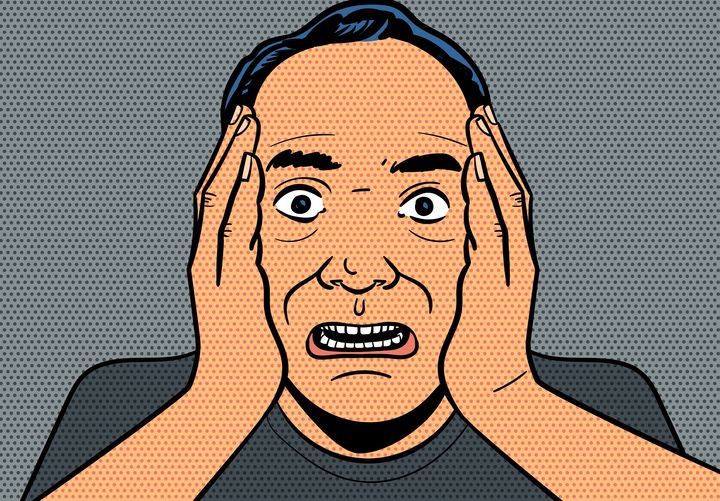
It might sound totally unimaginable, but “penile fracture” is a very real thing – and it’s reportedly on the rise in the UK.
Record numbers of men were treated in English hospitals for fracture of the penis last year, according to The Sun, as surgeons dealt with 164 cases in 2019. The painful problem most commonly occurred in men in their 30s and 40s, and was up 38% since 2014-15, an analysis of NHS Digital figures found.
For the issue to occur, force to the penis has to be very intense and may be caused by extra vigorous masturbation or, most commonly, intercourse. This includes sex positions where a partner is on top – what tends to happen is the man’s penis slips out of his partner and is “violently bent”, says the NHS.
But while you might be having visions of the penis physically snapping in half, it’s actually more like a tear or burst. There are no bones in the penis, but the tubes that fill with blood during an erection can burst. Blood then pours out of them into the penis, causing a very painful swelling.
“It’s because of the sheath around the soft tissue that pops,” Dr Sara Kayat told This Morning. “It makes a physical popping noise and it becomes quite painful, excruciatingly painful in fact, and swollen.”
Other symptoms include an instant loss of erection, dark purple bruising and problems with urinating. It’s thought some men who experience penile fracture are too embarrassed to report it to their doctor – but leaving it untreated can do more harm than good.
Gordon Muir, a consultant urologist at King’s College Hospital in London, said men might be left with a misshapen penis as a result of Peyronie’s disease, or erectile problems. Peyronie’s disease causes the penis to become curved when erect – it’s thought the condition occurs after an injury, but it can also develop without any obvious cause.
How can a penis injury be prevented?
Sex expert Tracey Cox previously told HuffPost UK the most dangerous sex positions for men are ‘him from behind’, ‘her on top’ and ‘missionary’.
The first position, also known as doggy style, is one of the most dangerous – especially if it’s done at the end of the bed, said Cox. “All it takes is for him to thrust enthusiastically and his partner to shift position a little and next thing, he’s fallen out and is about to hit the hard end of the bed with force.”
To stop this happening, she said men should take firm hold of their partner’s hips to ensure they stay in position. “You’re also safer doing this position on the floor rather than with something hard in front of you,” she added.
For positions where a sexual partner is on top, things can go awry if “she leans too far forward or too far back and he has a full erection”. It can bend the penis into angles that it isn’t supposed to go, said Cox.
Penis injuries can also occur from the missionary position. “[It] isn’t a position you’d normally classify as dangerous, but if he accidentally pulled out and thrust hard against a hard floor, it could cause a fracture,” she said.
“The trick to stopping penile injuries is to thrust quite shallowly, holding your partner close to you using a grinding rather than thrusting motion.”
If you do hurt your penis during sex, it’s best to get it seen to sharpish. Dr Anup Jethwa, from LloydsPharmacy, urges men with a suspected penile fracture to head to A&E straight away, as it’s likely they’ll require surgery.